#Imaging Solutions
Explore tagged Tumblr posts
Text

Terarecon Coronary Imaging Solutions | PIA Medical
PIA Medical specializes in advanced Terarecon coronary imaging solutions, providing cutting-edge tools for precise cardiovascular analysis. Leveraging the latest in imaging technology, Terarecon enables healthcare professionals to gain detailed insights into coronary conditions, enhancing diagnostic accuracy and treatment planning.
0 notes
Text

(ID in ALT text)
Zuko is just playing hard to get
#atla#zuko#sokka#zukka#did i brake zukos back here??? kinda yes no maybe#it looks good lets leave it like that!#the seacred to drawing hair is unlocked. the solution is just drawing a black blob and leave it like that#also yeha sokka took the topknot off and is insufferable#i have a bunch of drawing in my draft since the start of the year and i was like ambarabaciccicoccò my way through the images#trying to figure out which one gets a turn this week...#also i don't know what to add in the body of the text anymore.. idk? enjoy? some idiots?!?!?
13K notes
·
View notes
Text
Ultimate Guide: USB 3.0 Camera Integration for Advanced Robotics Applications

There has never been a greater need for high-performance image systems in the quickly developing field of robotics. Ever ponder how real-time robot perception, interpretation, and interaction with their surroundings are possible? or how they are able to make important decisions by processing large amounts of visual info. The robust integration of USB 3.0 cameras holds the solution. USB 3.0 cameras serve as the foundation for sophisticated robotics applications, allowing robots to operate with astounding speed, accuracy, and usefulness.
In this ultimate guide, we’ll dive deep into how USB 3.0 cameras work, their benefits for robotics, common pain points faced by engineers and developers, and practical tips for seamless integration. Whether you’re a robotics engineer, a researcher, or a tech enthusiast, this guide is designed to equip you with the knowledge to harness the full potential of USB 3.0 camera technology.
Understanding USB 3.0 Camera Technology
USB 3.0 cameras utilize the Universal Serial Bus (USB) 3.0 interface, which offers significantly faster data transfer rates compared to previous USB versions. With speeds up to 5 Gbps, USB 3.0 allows for high-resolution video and image capture without latency, making it ideal for robotics applications that require quick, real-time processing. This advancement is particularly crucial for applications involving object detection, facial recognition, and autonomous navigation.
The Anatomy of a USB 3.0 Camera
A USB 3.0 camera typically consists of the following components:
Image Sensor: Converts light into electrical signals. Different sensors, such as CCD or CMOS, offer various benefits, including sensitivity and speed.
Lens: Focuses light onto the image sensor. The choice of lens can significantly impact the camera’s field of view and depth of field.
Interface: The USB 3.0 connection facilitates communication between the camera and the host device, allowing for the rapid transfer of data.
Firmware: The internal software that controls the camera's operations, including exposure settings, frame rates, and image processing capabilities.
The Benefits of USB 3.0 Cameras in Robotics
Integrating USB 3.0 cameras into robotic systems provides several advantages that address common pain points faced by developers and engineers:
High-Speed Data Transfer: The fast transfer rates of USB 3.0 cameras enable real-time video processing. This capability is essential for applications such as drone navigation and robotic arms that require immediate feedback to perform tasks accurately.
Plug-and-Play Simplicity: USB cameras are generally easy to set up and use. With a standard interface, engineers can quickly connect and configure cameras without extensive troubleshooting, reducing the time to deployment.
Cost-effective Solutions: Compared to other high-speed imaging solutions, USB 3.0 cameras offer a cost-effective alternative without compromising on quality. This affordability makes them accessible for various applications, from industrial automation to research and development.
Versatility: USB 3.0 cameras can be used in a wide range of robotic applications, including surveillance, medical imaging, and machine vision. Their adaptability makes them a go-to choice for engineers looking to implement advanced imaging in their systems.
Robust Software Support: Many USB 3.0 cameras come with robust software development kits (SDKs) that provide developers with the tools they need to customize camera settings and integrate them seamlessly into their robotics applications.
Addressing Common Pain Points
Despite the numerous benefits, integrating USB 3.0 cameras into robotic systems can pose challenges. Here are some common pain points and how to address them:
1. Bandwidth limitations
While USB 3.0 provides impressive transfer speeds, bandwidth limitations can arise when multiple cameras are connected to a single bus. This can lead to dropped frames or reduced video quality.
Solution: Consider using USB hubs with their power supply and ensure that the camera resolution and frame rates are optimized for the specific application. This can help balance the load and maintain performance.
2. Power Supply Issues
USB 3.0 cameras typically draw power from the USB connection, but this can sometimes be insufficient for high-performance models, especially when used in demanding applications.
Solution: Use powered USB hubs or external power supplies to ensure that cameras receive adequate power for optimal performance.
3. Environmental factors
Robots often operate in varied and sometimes harsh environments. Dust, moisture, and temperature fluctuations can affect camera performance and longevity.
Solution: Select USB 3.0 cameras that are designed for rugged environments, with features like sealed housings or industrial-grade components to withstand challenging conditions.
Tips for Successful Integration
To maximize the benefits of USB 3.0 cameras in robotics applications, consider the following tips:
Choose the Right Camera: Select a camera that meets the specific needs of your application. Factors to consider include resolution, frame rate, field of view, and lens compatibility.
Optimize Settings: Adjust camera settings such as exposure, gain, and frame rate based on the lighting conditions and required performance to ensure the best image quality.
Implement robust processing: Utilize powerful processing units or edge computing to handle the data generated by the camera effectively. This can enhance the system's overall performance and responsiveness.
Test Extensively: Before deploying your robotic system, conduct thorough testing to identify any issues with camera integration. This can help catch potential problems early and ensure smooth operation in real-world scenarios.
Stay Updated: Keep an eye on the latest advancements in USB camera technology and robotics. New developments can offer improved features, performance enhancements, and additional integration options.
The Future of USB 3.0 Camera Integration in Robotics
As technology continues to evolve, the role of USB 3.0 cameras in robotics is likely to expand even further. Innovations in imaging technology, combined with advancements in artificial intelligence and machine learning, will lead to even more sophisticated robotics applications.
Imagine robots equipped with USB 3.0 cameras that can not only navigate complex environments but also analyze their surroundings, make decisions, and adapt in real-time. The possibilities are endless, and those who harness this technology will be at the forefront of the robotics revolution.
Have you got everything ready to use USB 3.0 camera integration to improve your robotics applications? We have a selection of USB 3.0 cameras at Vadzo Imaging that are made for different uses. We offer the ideal solution for you, whether you need fast-paced video capture for industrial automation or high-resolution images for medical robots. Examine our product line now to use state-of-the-art image technology to revolutionize your robotics projects!
0 notes
Text

The human body is a complicated structure. Proper diagnosis and treatment may depend on knowing what’s happening underneath the surface. It is where the amazing range of technology known as medical imaging comes in, enabling doctors to look right into your body. Say goodbye to the days of depending just on old black-and-white X-rays! With the help of this thorough book, you’ll be able to navigate the field of medical Imaging Solutions.
#Imaging Solutions#healthcare it consulting#software development services#healthcare software solutions
0 notes
Text

#IDK about any of the rest of y'all but it sounds like the solution is more catgirls and herbos. Who's with me?#reaction image#reaction meme#daily reaction images#image mood: called out
5K notes
·
View notes
Text
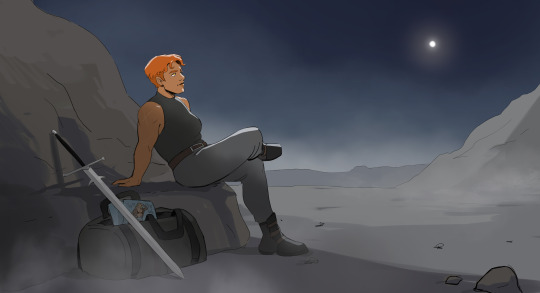
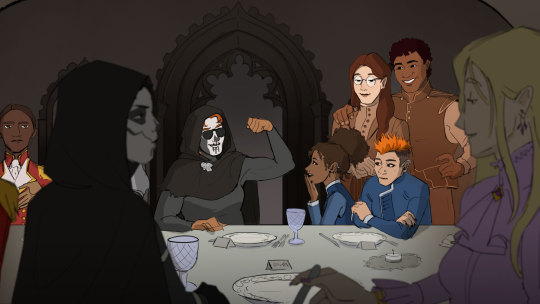
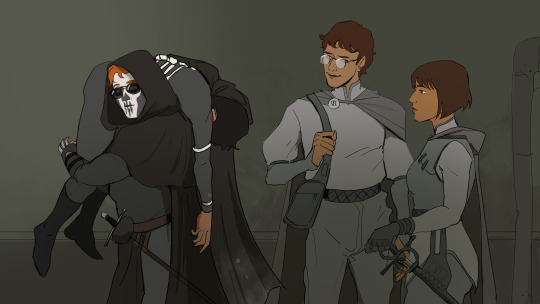
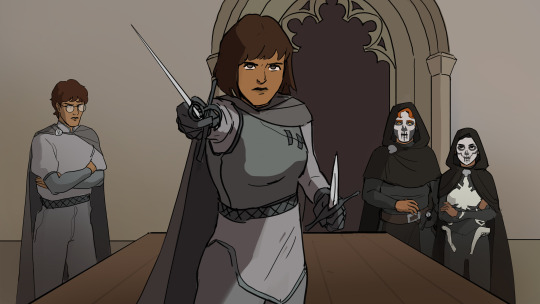
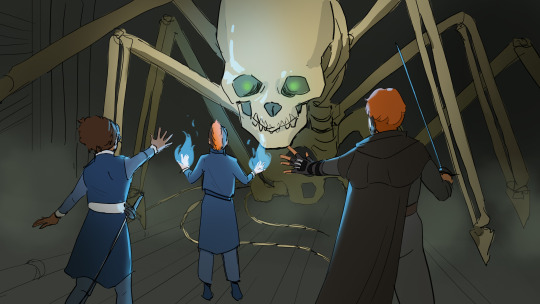
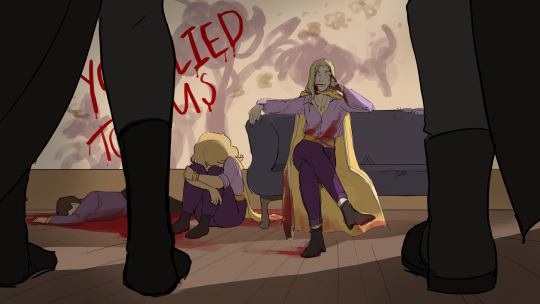

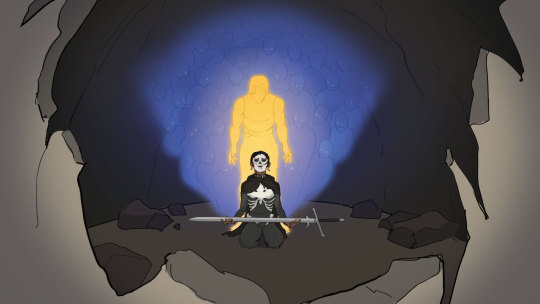

Canaan crew appreciation post ^
(All scenes from Reinaeiry's Take Me to Church but it's EPIC video.)
Also, there was a lot of thought put into the details and compositions for this video, and it was like 4 months of my life so I want to talk abt it ! For lack of better place to do so I've dumped everything under the cut again:
Some details/process I personally enjoy:
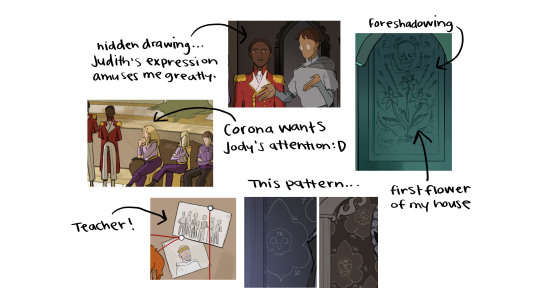
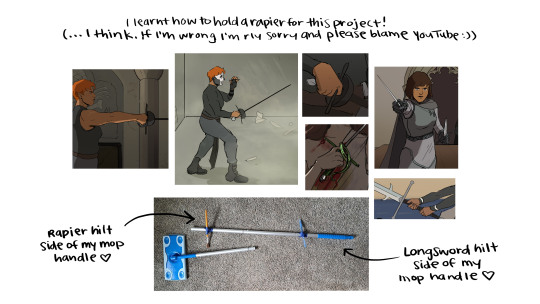
I used images of pluto as my color scheme for the ninth house:
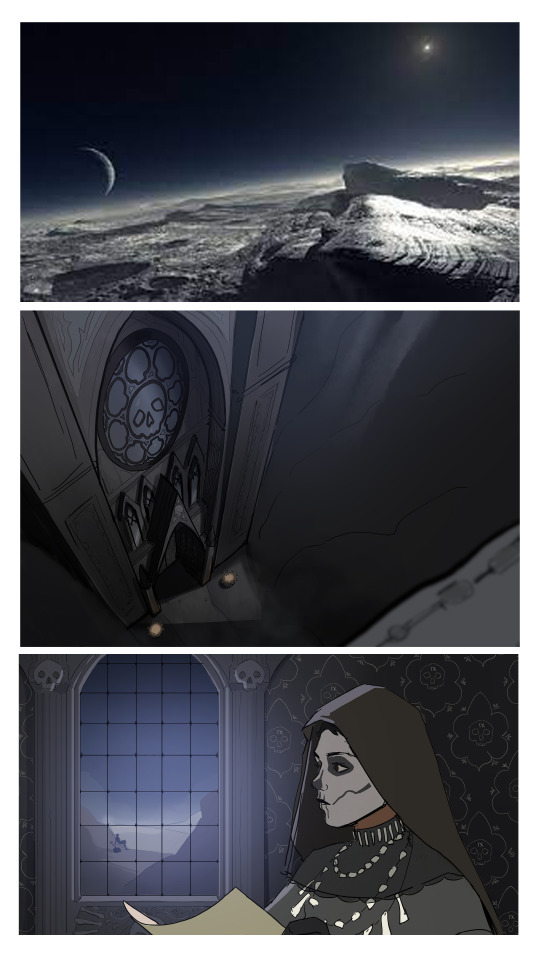
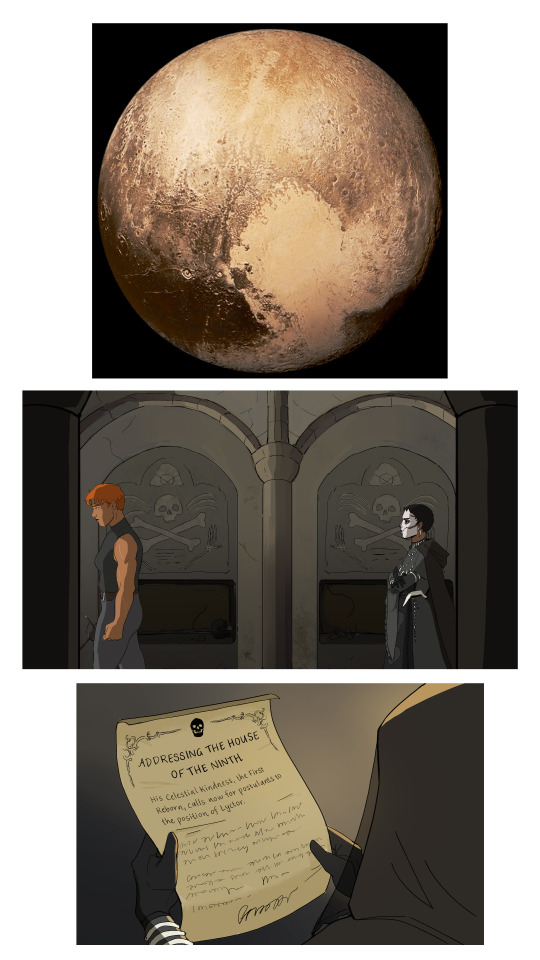
And last but not least, perhaps one of my favorite details of the whole project...we took inspo from religious and classical imagery for a big handful of the compositions or poses. The art I chose to pair with each scene was very intentional:
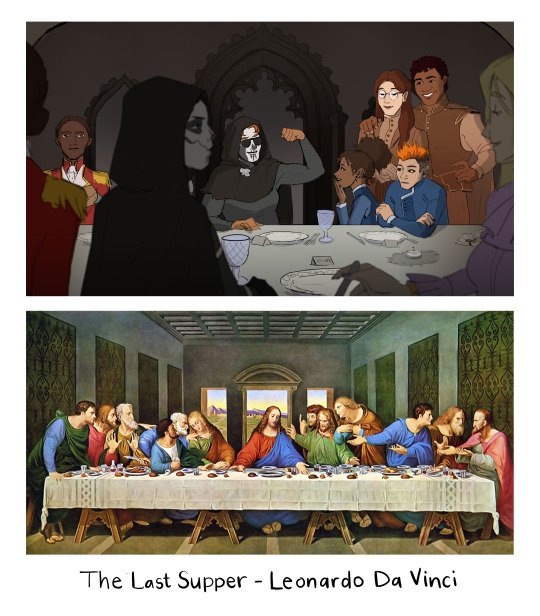
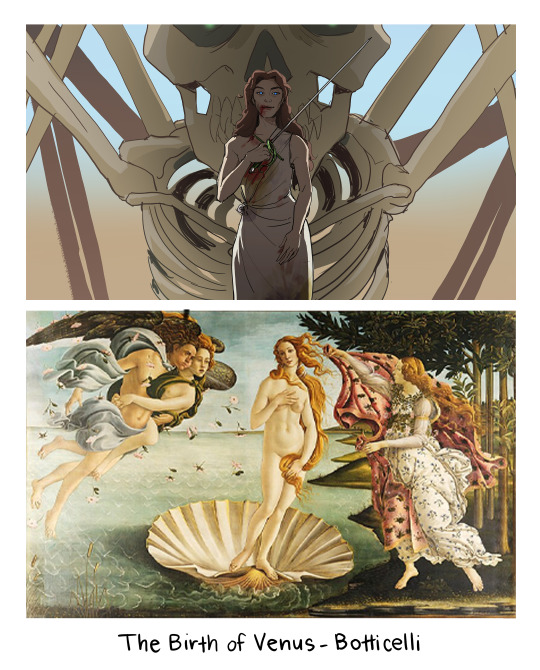
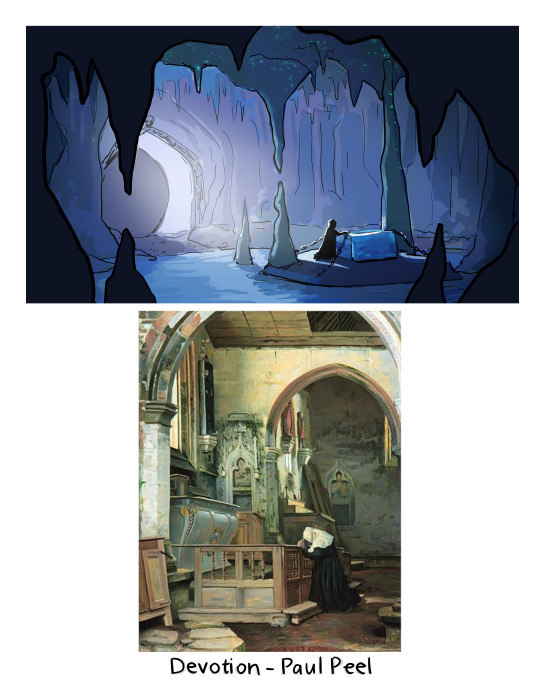
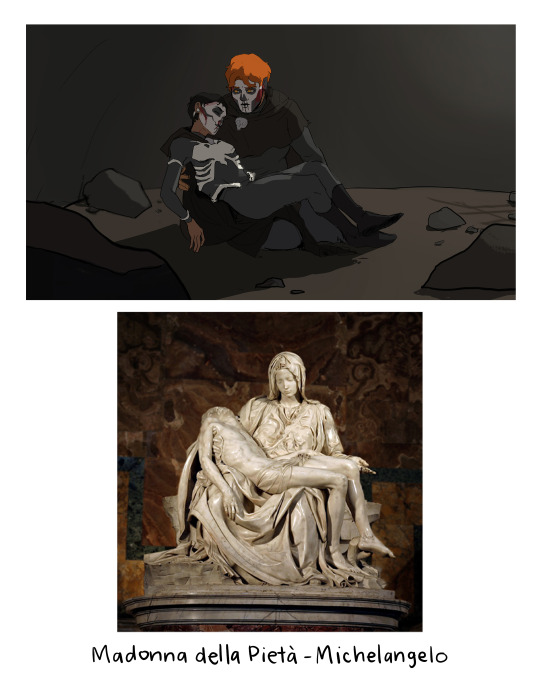


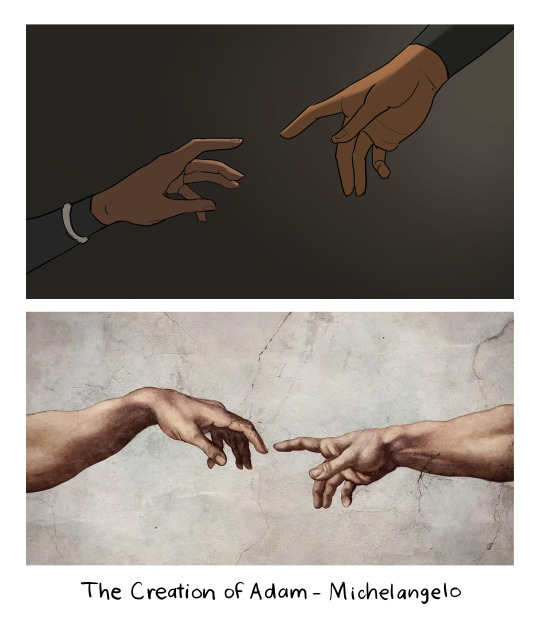
#sorry there's so much in this post lol i didnt want to be annoying with 100 separate ones#but i really wanted to share all of these images so my solution was 1 huge compilation#my art#animatics#the locked tomb#gideon the ninth spoilers#reinaeiry#gideon the ninth#cw blood#ty for reading my rambles and appreciating the art <3
3K notes
·
View notes
Text

So you're saying you transitioned to escape the pain of being gender non conforming? Because of external pressure? Because it's simpler living as a "passing" trans woman than a feminine man?
#I deeply empathize with it but the first solution should always be to work to overcome the self image issues before anything else#gender critical#radical feminism#terfblr#radblr
789 notes
·
View notes
Text

Good Morning!!! We need solutions not excuses!!!
#morning#good morning#good morning message#good morning image#good morning man#the good morning man#the entire morning#gif#gm#morning vibes#morning motivation#tgmm#☀️🧙🏼♂️✌🏼#the sun#hearing#hearing solutions#medical gifts#modern medicine#sound#jackhammer#24/7#loud#vacuum of space#excuse#seems like an excuse#doctor#patient#doctor patient
210 notes
·
View notes
Text
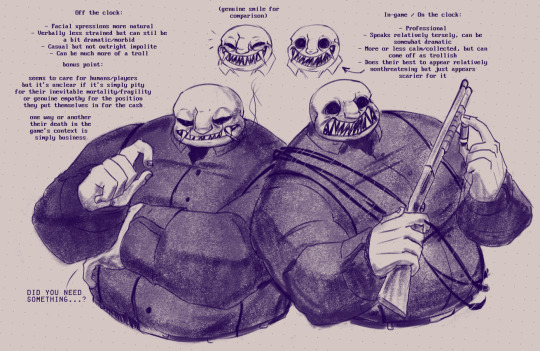
characterization hc notes
also an excuse to shade sketches more. i don't yet totally comprehend cell shading, as opposed to blending colors until they look right, but never too late to try i suppose
[Image description in ALT, text transcribed under cut]
Text from the image as putting them in alt seems like murder for screenreaders (with some typos corrected):
Off the clock:
Facial expressions more natural
Verbally less strained but can still be a bit dramatic/morbid
Casual but not outright impolite
Can be much more of a troll
In-game / On the clock:
Professional
Speaks relatively tersely, can be somewhat dramatic
More or less calm/collected, but can come off as trollish
Does their best to appear relatively nonthreatening but just appears scarier for it
bonus point: seems to care for humans/players but it's unclear if it's simply pity for their inevitable mortality/fragility or genuine empathy for the position they put themselves in for the cash. one way or another their death in the game's context is simply business
#buckshot roulette#dealer buckshot roulette#the dealer#doodle post#wow! a solution for text heavy images that DOESN'T involve maxing out image description limit?? i saw someone do this on cohost and im#amazed i didn't do this sooner#anyway this is based on a set of doodles i made at work.#i was pinged in a recent fanart made by one of the artists that plunged me into this pit and brain went ACTUALLY I HAVE MORE THOUGHTS#btw I can't ever get the in-game scowl quite right. the smile makes sense but the scowl has to be simplified a bit
247 notes
·
View notes
Text
dean winchester would NOT go to therapy and frankly he shouldn’t. it wouldn’t be helpful for him! he’s already emotionally aware and he wouldn’t feel safe being that vulnerable with a stranger he’s paying. if you want him to know therapy skills and concepts just have him learn them from gentle parenting tiktok.
#sam on the other hand I think might go to therapy because it fits his mental image of himself. but I don’t think he’d get much out of it#do NOT get me started on mia vallens holy shit everything we see about her is SO unethical#anyways talk therapy isn’t a magic one size fits all solution to trauma#and it irks me when it gets treated that way#I do believe dean would love gentle parenting tik tok and I think he’d do numbers there. thinking specifically about#toriphantom and mommacusses. they’re the vibe I’m imagining.#dean#dean studies#dean winchester#supernatural#spn#drift.txt
83 notes
·
View notes
Text
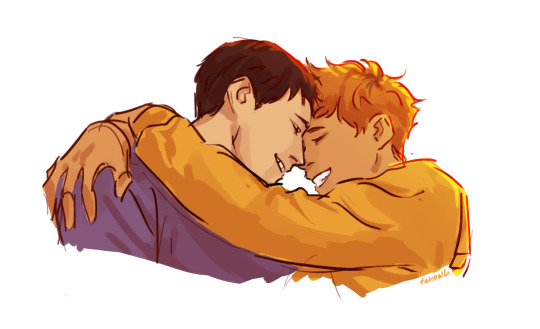
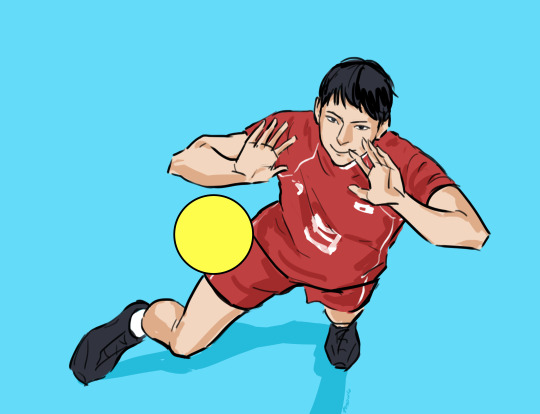
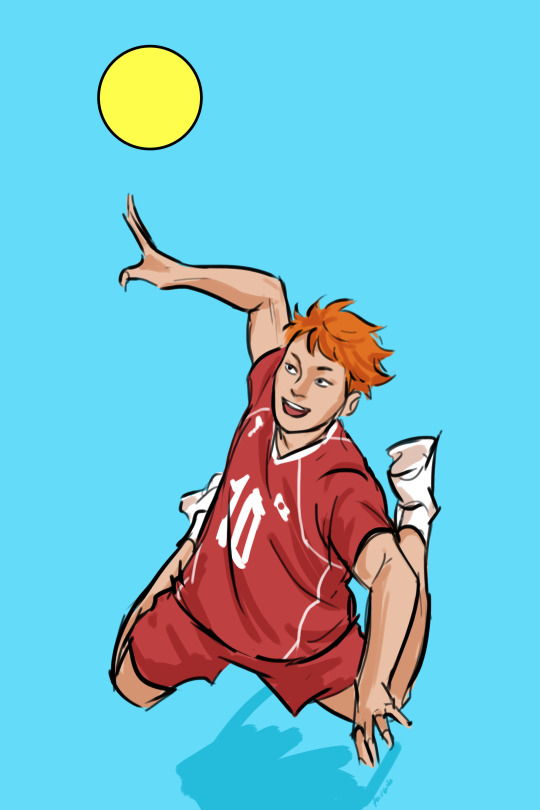
kghn doodle dump teehee
#haikyuu!!#haikyuu#kagehina#hinata shouyou#kageyama tobio#fanart#stressed abt work the solution is to draw some beloved guys#the kageyama setting one is actually a redraw of one of the first drawings i posted here >:0#hinatas one is portrait orientation so pls click for full image hehe
735 notes
·
View notes
Text

I found this link on Facebook, it is resources for disabled farmers and gardeners.
Feel free to add more links and tips in the reblogs.
#gardening#farming#physical disability#disabled#ada#cpunk#cripplepunk#resources#ecology#climate solutions#image described#alt text#agroecology
310 notes
·
View notes
Text

warm up? first warm up of 2025 wahee
#after god#obikawa kiyoshi#eyestrain#thought i found a solution to my moire issue with tone materials but they came as image materials than as brushes#i dont want to manually mask tone aghh its too much work#art
81 notes
·
View notes
Text

cara mia addio
#portal 2#portal#valve#chell portal#art#no id#image#video.mp4#kind of old piece from when i was trying to get out of a rut#i think the solution atp is to get a better program… im sick of medibang
134 notes
·
View notes
Text

okay yeah yeah villain but the diagram is so cool you guys
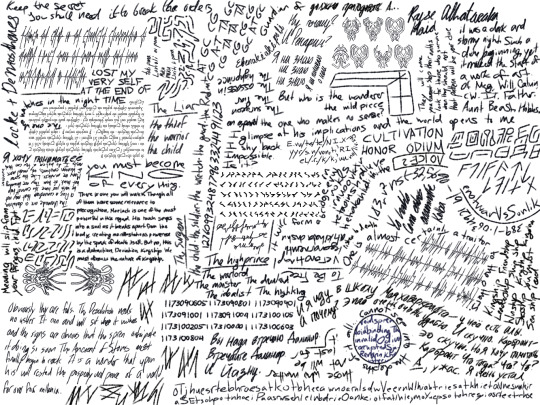
Wall I made for this (featuring: Russian, Spanish, toki pona, DNA code, women's script, a few alphabets, some geometry and arithmetic, and a language that I invented, among other things. I had fun with this)
#what is composition anyway#ugh this is such poor spacing. COMPOSITION AAAA#but hey! it's the only thing I've drawn that looks BETTER when you zoom in!#you know. except for the image quality. um. I'm sure there's a solution to that and I just don't know it#oh well. here have crazy guy#but anyway yeah I've been rereading and I just couldn't resist#maybe more coming? maybe? MAYBE.#brandon sanderson#words of radiance#arts arcanum#rhythm of war#stormlight#my art#way of kings#cosmere#cosmere fanart#taravangian#stormlight archive#wok#wor#oathbringer#idiot king#is that a tag?#the diagram
623 notes
·
View notes
Note

is it supposed to be this blurry?
That's what I meant about the google drive viewer thing not being very good. You'll have to download the image itself and view it in a better software...
#not a poll#ask#i wish there was a better solution to this problem... like NATIVELY SUPPORTING VERCTOR IMAGES IN TUMBLR. but whatever. we make do.
24 notes
·
View notes